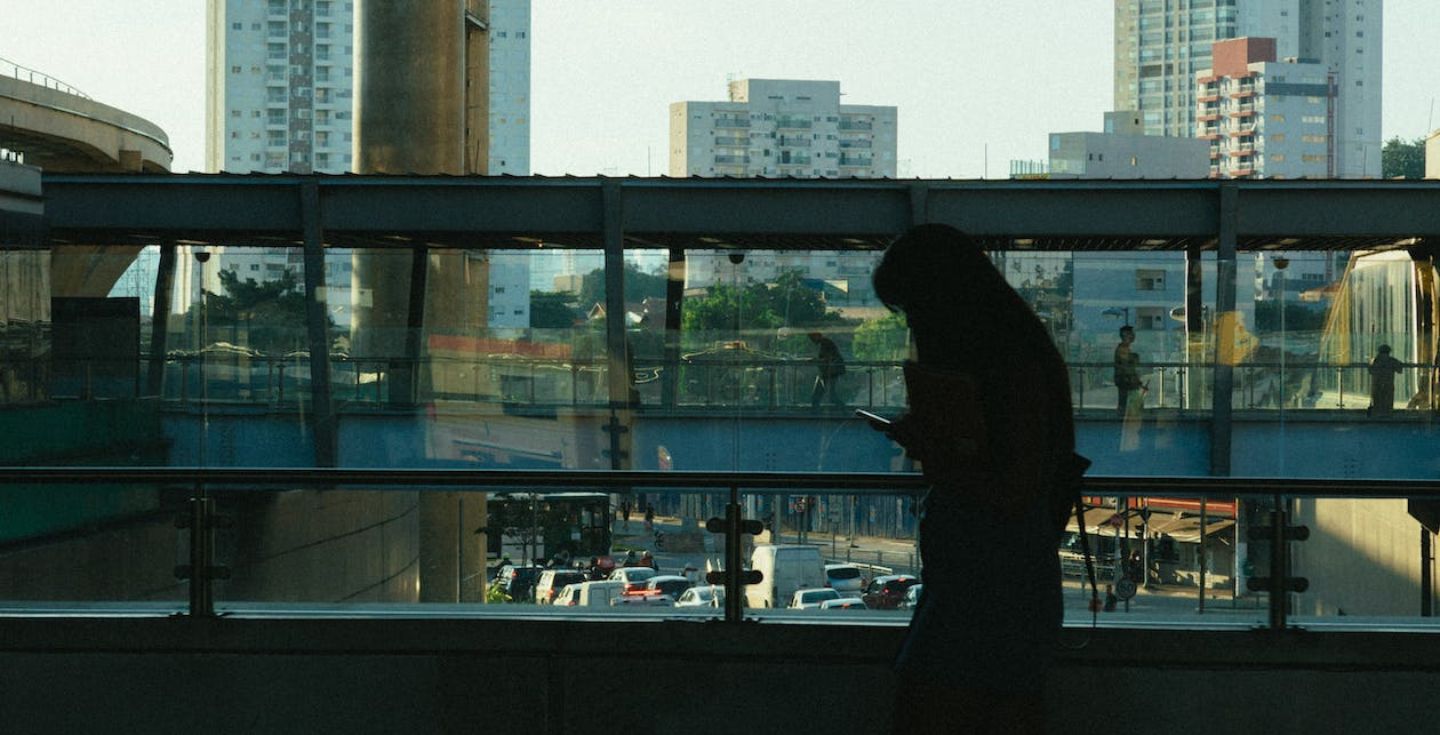Best time to visit Southeast Asia
Follow along to find the best time to visit Southeast Asia, as well as the top things to do while you’re there.
You might think of Southeast Asia as a place to run away from the dark and cold winters back home. However, with an area covering 3% of Earth’s entire surface, more than the United Stated and Mexico combined, the region has something to offer for all times of the year as long as you choose your destination wisely.
Before you pack your bags for the Southeast Asia trip, follow along to learn what’s the best time to visit Southeast Asia, both in terms of weather and the activities you can take on during your stay.
When is the best time to visit?
In general, the dry season is considered to be the peak time to visit Southeast Asia. And while it’s easy to assume that the seasonality would be the same throughout the region, that’s not exactly the case.
The likes of Malaysia, Indonesia, and Borneo experience their dry seasons between March and October, while Thailand, Vietnam, and the Philippines get less rain from November to March.
This simply means that it’s always peak tourist season somewhere in Southeast Asia. You just have to pick a country that’s out of the rainy season at the time of your visit. That said, the wet season shouldn’t be disregarded either, as it still offers plenty of hiking, exploring, and cultural experiences, and everything typically is cheaper at this time.
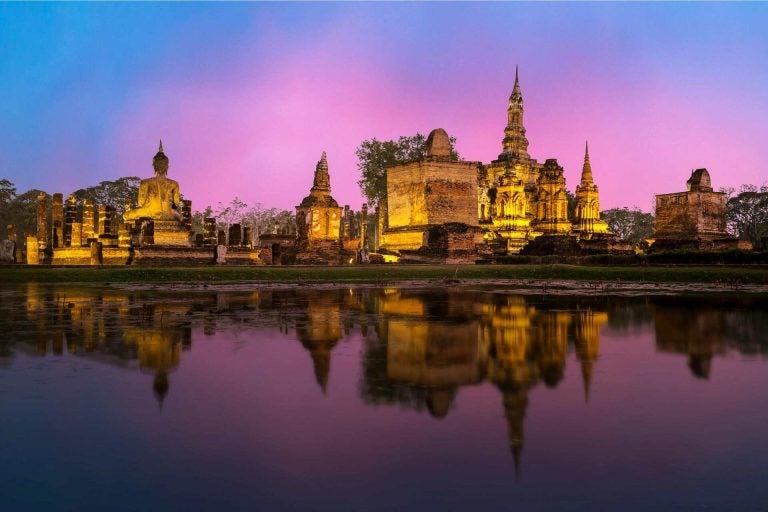
Best time to visit Southeast Asia for beach holidays
Needless to say, if you want to sit around at the beach sipping on fancy cocktails, you’ll want to do that in the sun.
Outside of checking dates for peak season, you might also want to consider European school holidays, as that’s typically when the touristy areas are the busiest. This includes a couple of weeks around Christmas, Easter, and the summer break that spans from mid-June to the end of August.
Southeast Asia weather guide
Because of the tropical climate throughout the region, all countries in Southeast Asia have distinct dry and wet seasons. In most cases, the dry season offers a slightly cooler, dry climate, while the wet season tends to be very hot and humid. Here’s a quick weather guide for each country in Southeast Asia:
- Brunei experiences two monsoon seasons, one lasting from October to February and the other from May to June. The dry season lasts from January to May, followed by pleasant weather from late June to September.
- Cambodia’s dry season starts in November and ends in April, with a monsoon season lasting from May to October.
- Indonesia’s dry season is from April to October, with a wet season from November to March.
- Laos’s dry season lasts from November to April, with a wet season between May and November.
- Malaysia’s dry season is from December to April, with the monsoon season lasting from November to March.
- Myanmar’s dry season lasts from November to May, with the monsoon season starting in June and ending in October.
- The Philippines experiences the dry season from December to May and the rainy season from June to November.
- Singapore’s dry season lasts from November to April, and the monsoon season lasts from November to March.
- Thailand’s dry season is from November to April, and the rainy season lasts from May to October.
- Timor-Leste’s dry season lasts from May to November, with a monsoon season from December to April.
- Vietnam experiences a southwest monsoon from May to September and a northeast monsoon from October to April, so it’s pretty much always a dry season on one end of the country and a wet season on the other.
As you can see, most of Southeast Asia offers perfect conditions for a winter getaway for anyone experiencing cold winters back home. That said, some countries have it the other way around and experience the dry season during the summer months.
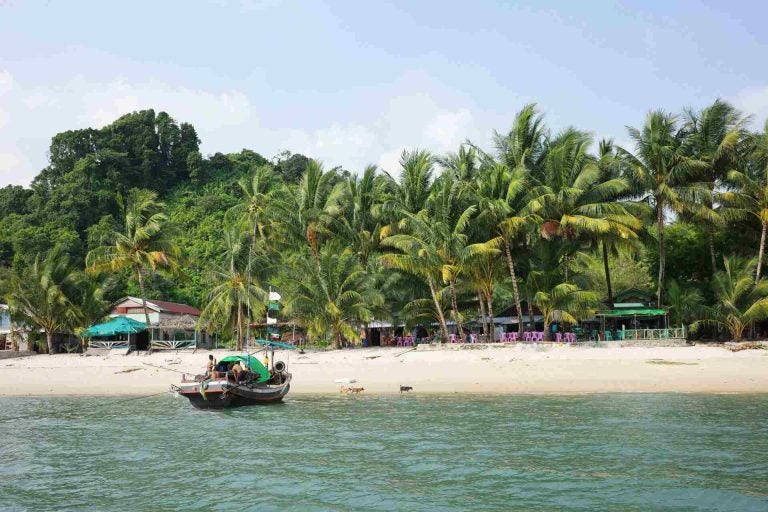
Best time to visit Southeast Asia for events
Getting a tan is far from the only reason for visiting Southeast Asia. The entire region is packed with unique cultures, and there are plenty of festivals and celebrations to showcase them. Here are some of the most popular festivals you might want to visit at least once in your lifetime:
Tet Nguyen Dan
A festival celebrated in Vietnam in late January or early February, Tet Nguyen Dan, or simply Tet, marks the beginning of a lunar new year. The celebration includes traditional dragon and lion dances and fireworks, decorations, making traditional rice cakes, and visiting religious sites.
Nyepi
A day of silence, celebrated in Indonesia, though most prominent in Bali. The celebration is typically held in March and offers a chance to experience silence like you never have before. Melasti Ritual and the Bhuta Yajna Ritual are held leading up to Nyepi, after which everything comes to a standstill.
For 24 hours, all businesses are shut down, lights are turned off, traffic is stopped, access to the internet, radio, and TV is halted. There’s nothing but complete silence on the entire island, something you might not experience anywhere else in the fast-paced world of today.
Songkran
A celebration of the Thai New Year in Thailand that takes place between the 13th and 15th of April. It’s best known for water fights that take place in every town in Thailand. Water guns, buckets, and even elephants with water cannons get involved in the water fight which symbolizes the cleansing of last year’s misfortunes.
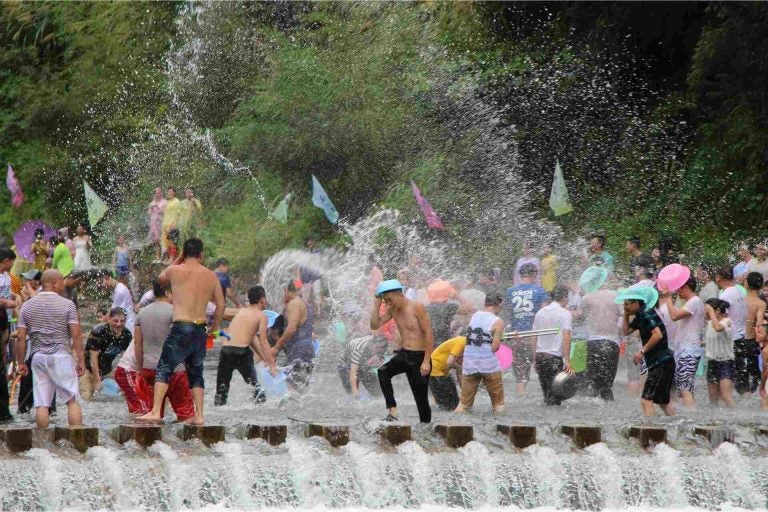
The Hungry Ghost Festival
A festival held all over Southeast Asia that usually falls in August or September. Locals say that this is the time when the worlds of the living and the dead collide. Offerings are made to the ghosts all over the towns, and lotus lanterns are lit in the rivers through the night to help guide the spirits home.
Thadingyut
Also known as the Festival of Lights, Thadingyut is a popular celebration in Myanmar. The three-day celebration in October marks the end of the Buddhist Lent. Homes, streets, and pagodas are illuminated with traditional lanterns and oil lamps, making for an unforgettable sight once the sun sets.
Holi
Also known as the festival of colors, Holi is a Hindu festival held in late February or early March in Malaysia. It includes people throwing colored powder and water at each other while taking part in traditional dance and indulging in local cuisine. This all results in an audiovisual experience of colors, music, and movement unlike any other.
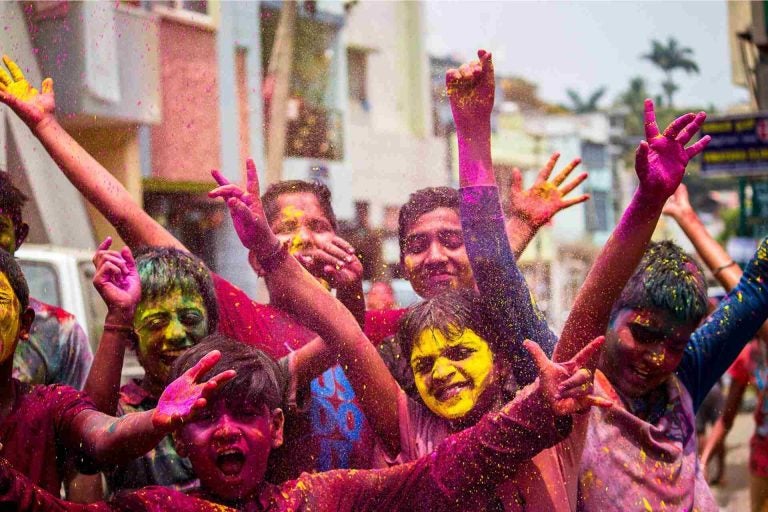
Pahiyas
A harvest festival that’s held in May and takes place in Lucban, Philippines. The locals express their gratitude for the seasonal harvest by decorating their houses with fruits, vegetables, and rice. The decorations are accompanied by traditional Filipino music and dance, making it a celebration for the eyes, ears, and stomach.
Needless to say, these are just a few of the countless festivals and celebrations that take place all over mainland Southeast Asia and the surrounding islands. If you’re not planning your visit around the festivities, check what’s happening when you’re there. You may just find that a local festival is taking place without ever knowing about it.
The perfect itinerary for a Southeast Asia trip
The best time to visit Southeast Asia depends on two things: the weather and cultural events. But what if you had all the time on your hands? Whether you quit your job and take a year off for yourself or take on a life of a digital nomad and decide to spend some time in Southeast Asia, here’s how you might want to spend it:
January
Visit Vietnam to start off the year. The northern region can require a light sweater, with average highs at around 68°F (20°C), but it offers lush vegetation and one of the best times for exploring the stunning landscapes.
Southern and central Vietnam offer warmer yet still dry weather if you want to catch some sun or engage in beach activities such as snorkeling or scuba diving. Make sure to stay until the Tet Nguyen Dan festival to experience one of the country’s most significant cultural events.
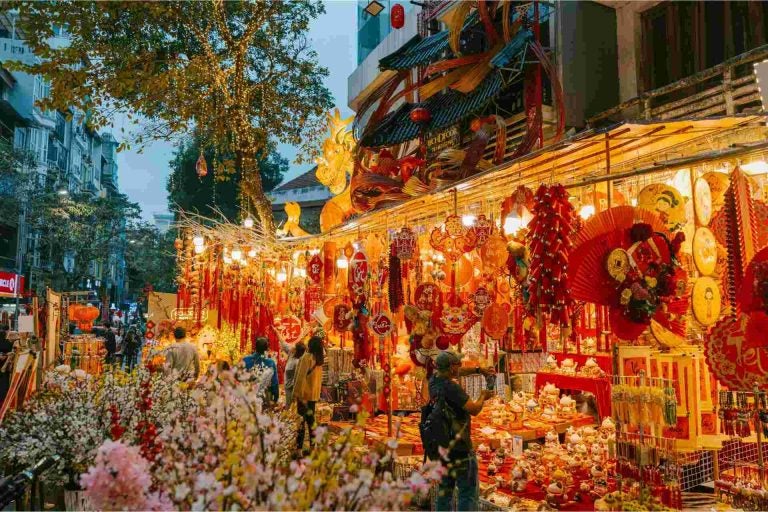
February
Head on over to Malaysia, where you’ll find perfect conditions for enjoying the beach around Batu Ferringhi and visiting the famous Batu Caves. The Penang National Park offers enough hiking to keep you occupied for months, while George Town offers plenty of great street food and sightseeing possibilities.
Complete your trip in the most colorful way possible by taking part in Holi, the festival of colors, before washing up and moving on to your next destination.
March
March is one of the best times to visit Bali and Indonesia as a whole. It is when the breathtaking Nyepi celebration happens. The entire region is entering the dry season, but is still lush from the recent rains, making March great both for beach goers and the adventurous types.
April
If you had to choose one time to visit Thailand, April may as well be it. The iconic Songkran celebration takes place between the 13th and 15th days of the month. Bangkok offers the same hustle and bustle as it always does, while national parks such as Khao Sok and Chumphon offer lush and vibrant options for exploring the landscape.
This is also the end of the dry season in Thailand. The crowds are filtering away but it isn’t too rainy just yet and you can enjoy some fantastic weather, especially on the east coast.
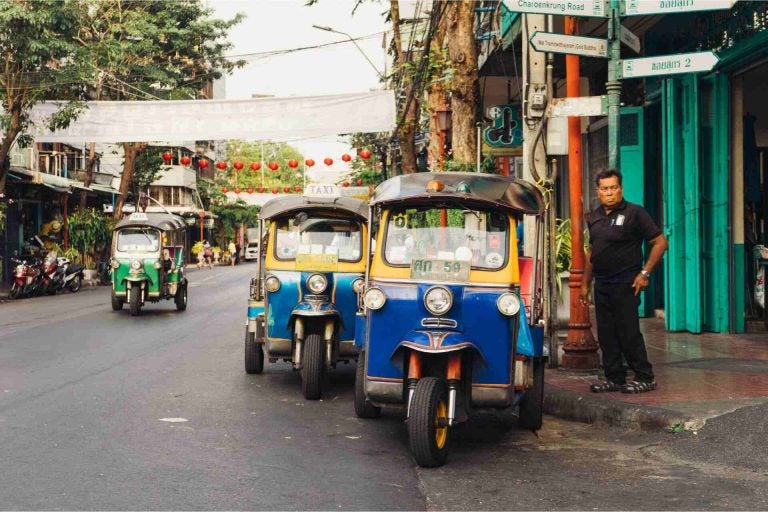
May
The Philippines is a popular destination for May as it offers warm and dry weather throughout the country. The Pahiyas festival takes place throughout the month in Lubcan. You might want to visit natural wonders like Big Lagoon, Kawasan Falls, or the Chocolate Hills and spend some time exploring the towns as well.
June
While the rainy season is drenching most of Southeast Asia, you take some more time in Indonesia, exploring the surrounding islands of Komodo, Lombok, Flores, Java, and the Gilis. Each of these will offer pleasant weather, slightly different cultural experiences, and plenty of things to see and do.
July
East Timor, or Timor-Leste, offers a vast mix of experiences in July. You can take a trip to the mountains, then rest your feet at one of the country’s many pristine beaches. Make sure to visit the likes of Atauro Island, Mount Ramelau, and see the local culture in Lospalos.
August
August is a great time to visit Singapore, with both lush landscapes and bustling metropolises to explore. The National Day is celebrated on the 9th of August with a big parade in Padang, and the Hungry Ghost Festival kicks off, offering plenty of unique cultural experiences.
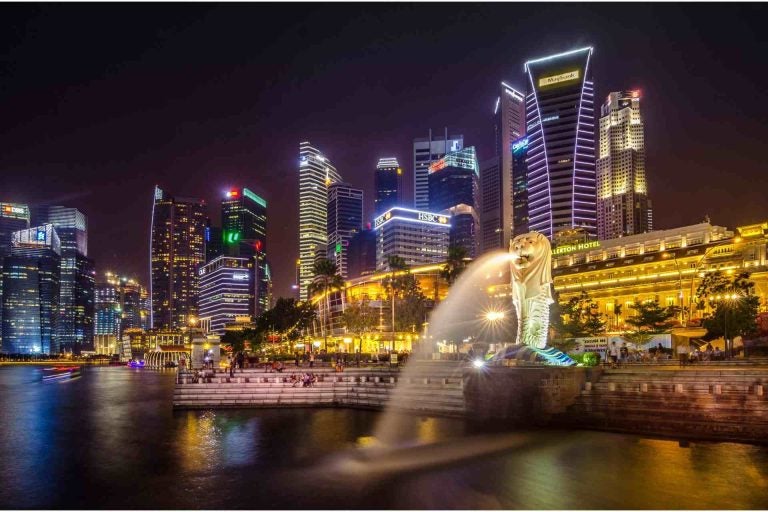
September
The mid-summer monsoon has ended in Brunei, and the fall monsoon is yet to come, making September a perfect time to visit the country. The Hungry Ghost festival is also still going on, allowing you to see the differences in celebration between Brunei and Singapore.
Other than that, make sure to visit the country’s many architectural highlights such as the Jame’ Asr Hassanil Bolkiah Mosque or the Billionth Barrel Monument. The Tasek Lama Recreational Park and Ulu Temburong National Park offer nature lovers plenty of activities as well.
October
Head on over to Myanmar to experience the iconic Festival of Lights and celebrate the victory of light over darkness. The monsoon is just about ending, making the weather perfect both for hitting the beach and exploring the country.
Visit the Shwenandaw Monastery and the Bogyoke Aung San Market for unique cultural experiences. Mandalay Hill and Mount Popa are great for exploring the landscape and sightseeing. Ngwe Saung and Ngapali Beach offer some of the best beach getaways in the world.
November
Laos is just about entering the dry season in November, with sunny skies and temperatures ranging from 73°F (23°C) to 79°F (26°C), making it perfect for exploring the country.
Luang Prabang offers a perfect mix of cultural experiences, architecture, and surrounding beauty. The 4000 Islands retreat is a great place to try and see the rare Irrawaddy dolphins at this time.
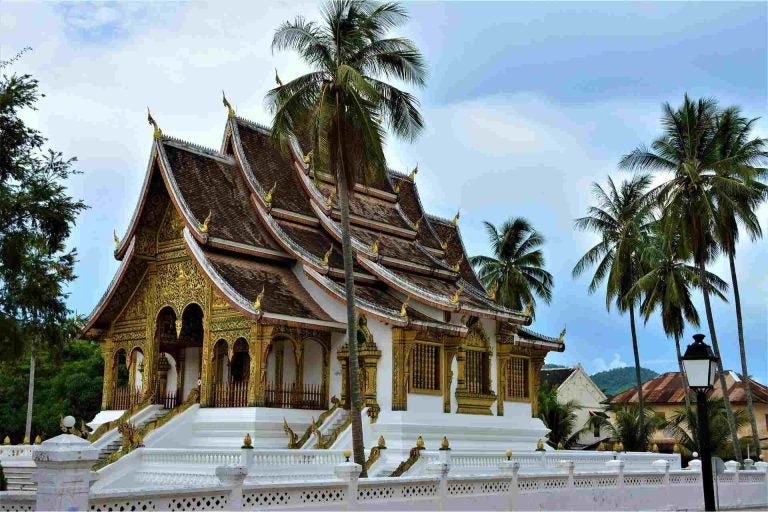
December
Cambodia is the only country you haven’t yet visited in the region, and December just so happens to be one of the best times to be there. Take a river cruise on the iconic Mekong River and take in the sights along the way. Explore the endless temples throughout the country and soak in the sun on endless beaches.
Needless to say, this is an itinerary for chasing the best weather and festivities throughout Southeast Asia — which, admittedly, isn’t always the most practical. Checking the month-by-month guide can work better for shorter trips or if you’re trying to cut costs.
Stay connected in Southeast Asia with Holafly
Having mobile internet during your travels is a must, no matter where you go or what you do. Holafly allows you to stay connected in Southeast Asia with unlimited data and customer support. The Holafly eSIM for South East Asia offers connection in most Southeast Asian countries with a single eSIM, with dedicated plans for any countries not included in the regional plan.
Use it to check the weather forecast before switching countries, communicate with the locals using translator apps, or check Google Maps to find your way around and discover attractions nearby. The Holafly eSIM allows you to do it all for as little as $2.43 a day.





 Language
Language 


















 No results found
No results found





